So, you fancy yourself a driving enthusiast, have bought a hot car, and want to get the most out of it? Pushing the limits in the public domain carries a range of risks, not only to your licence with stringent speed enforcement nationwide, but to yourself, your pride and joy, as well as other road users.
The best place to responsibly enjoy yourself and your car is the race track, but your first visit to the circuit can be daunting and confusing.
A major source of confusion for first time track day attendees is simply settling on what to bring. It can be easy to fall into the trap of overpreparation but, in reality, you need not bring your whole garage with you.
Of course, your track pack will grow with time and experience but, if you’re just starting out, these are the five things you need to think about to get yourself on track.
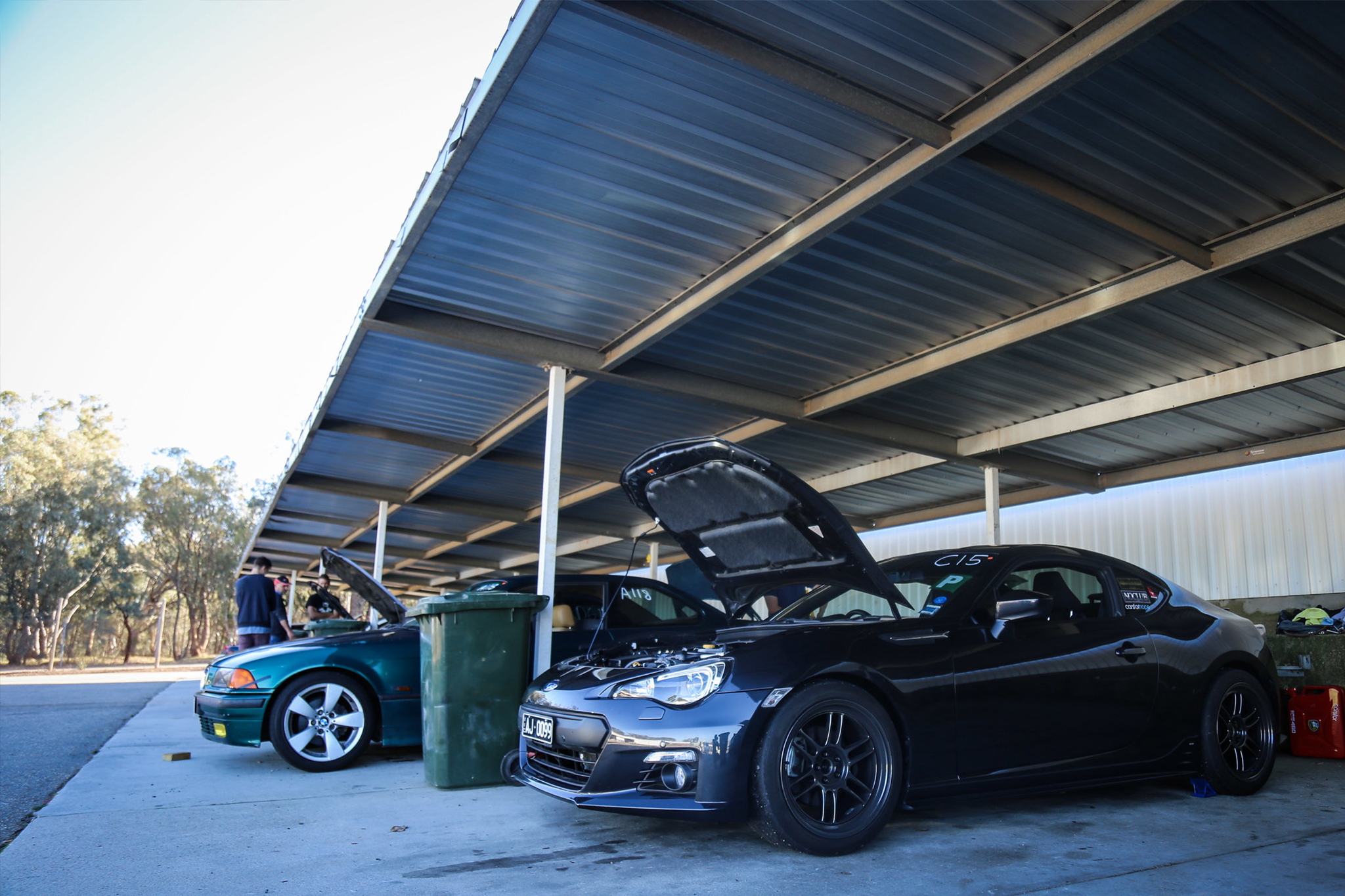
1. A car
An obvious answer, but a crucial one. A properly maintained car is paramount to track day survival, and we mean more than just petrol in the tank and air in the tyres.
Preparation and maintenance needed will vary depending on the age of the car and its condition, however generally speaking, new cars require little preparation in order to survive a day at the races. Adherence to scheduled servicing and a fresh oil change will often do the job. Also ensure tyres and brake pads are up to the task with good life left in them. You might also consider swapping them for more performance-oriented aftermarket units.
For older cars, ensure your vehicle is in overall roadworthy condition and free of any leaking fluids. It also pays to check on any old rubber hoses which may have perished over time and pose increased risk of failure under high heat and pressure.
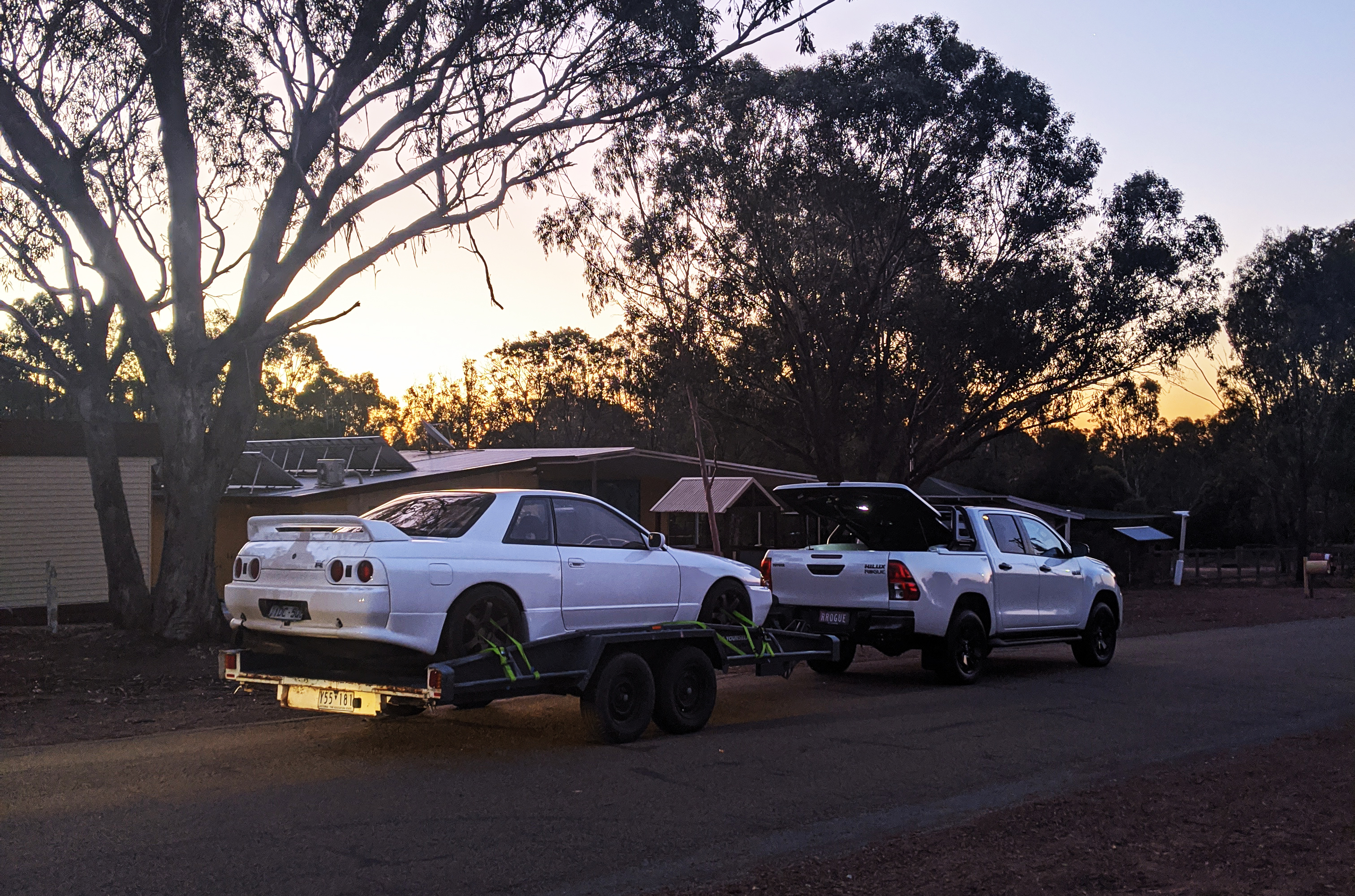
2. A licence
We’re not talking about your state-issued driver’s licence. Many events will require some sort of licencing before you’re allowed out onto the track.
Entry-level Speed Licences are available on an annual basis from the likes of the Australian Auto-Sport Alliance and Motorsport Australia, and may require you to join an affiliated car club. Annual licences and car club membership isn’t terribly expensive, and will earn its keep if you intend on entering numerous events per year.
If you’re just starting out, however, many grassroots events allow for single-day licences. Check the rules and regulations of your chosen event, and be sure to come prepared. The last thing you want is to be told to pack up your things before you’ve so much as turned a wheel.

3. A helmet and attire
There’s no way around it: if you want to get on track, you’ll need to bring a helmet. Generally speaking, a motorcycle or karting helmet will be suitable for most casual grassroots track days but, again, always check the rules ahead of time as certain events may hold specific requirements.
Full race suits, gloves and boots aren’t essential but you’ll at least be required to wear long-sleeve clothing and closed-toed shoes. It’s also worth considering what sorts of materials you’re donning. Articles of clothing made of denim, cotton or wool are generally recommended, while synthetic materials like nylon can melt onto your skin in the event of a fire and should be avoided.

4. A fire extinguisher and equipment
Many events will require a mounted fire extinguisher in the vehicle with you and, even if they don’t, they’re a smart thing to have with you in the event of an emergency. Most auto parts stores will carry affordable options that often include mounting brackets.
You should also carry a basic toolkit for minor repairs, just to be safe. Your vehicle may already be carrying a scissor jack (which doubles as a handy wheel chock between sessions) and wheel brace, but you can add a socket set, some pliers and screwdrivers to that list, too.
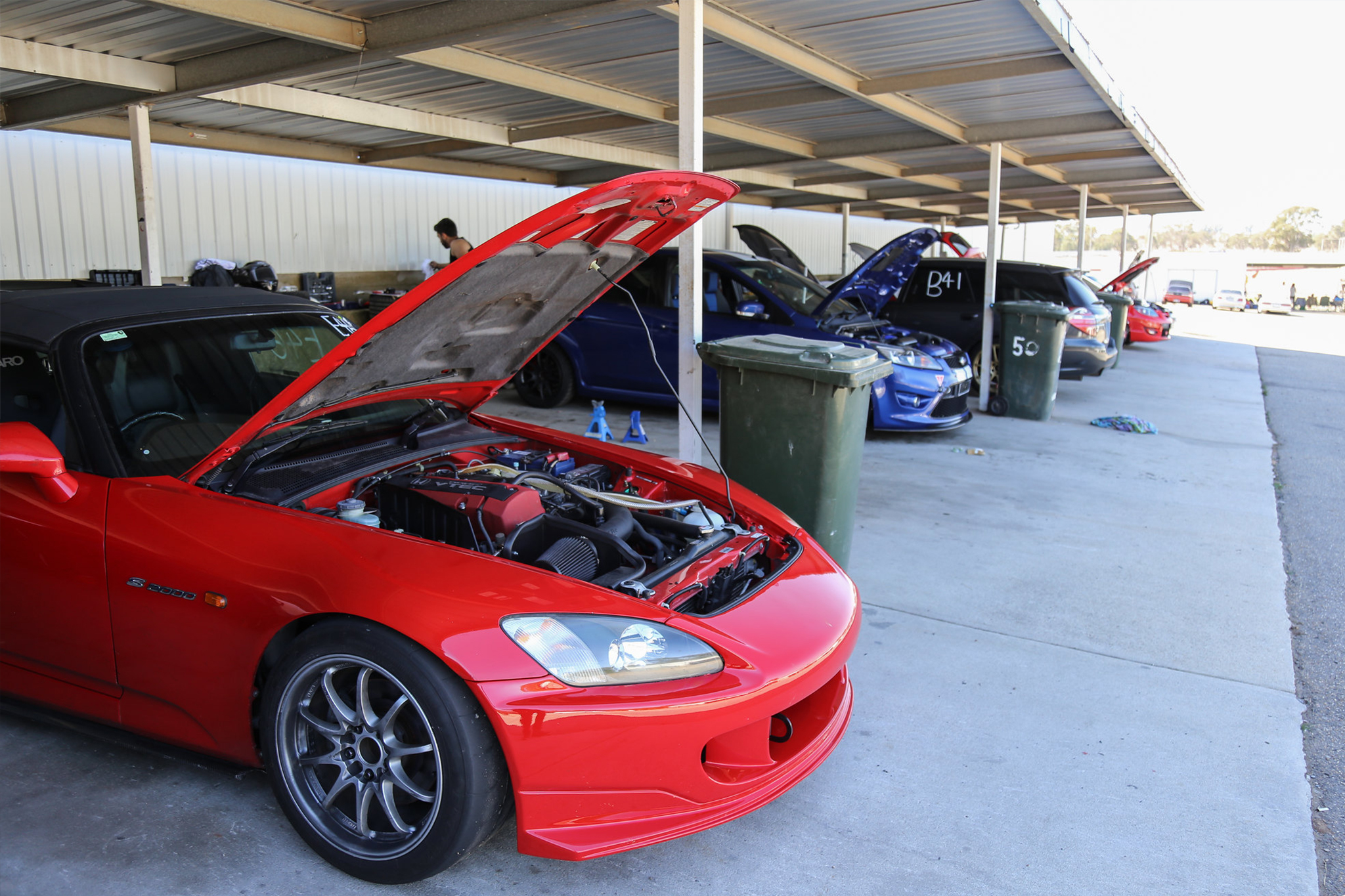
5. A good attitude
You might have your own ideas on benchmarks and target lap times but the ultimate mission of every track day is to have fun, and for you and your car to return home in one piece.
Pay attention at the driver’s briefing at the beginning of the day. It’s there you’ll learn the proper signals for overtaking on track, as well as any flags or signal systems used, and what to do if you end up with car troubles or in an accident on track.
Even if it’s not your first time, start the day slow at seven-eight-tenths. The track and your tyres will be cold, so take your time in getting your eye in and building a rhythm. As you gain in confidence and familiarity with your car, your driving ability and the circuit, you can gradually build in pace from there. If you’re spearing off-track in the very first session of the day, that’s probably a sign to dial it back a few notches.
Do you remember your first track day? Or thinking of getting involved? Leave your tips or questions in the comments below!
We recommend
-
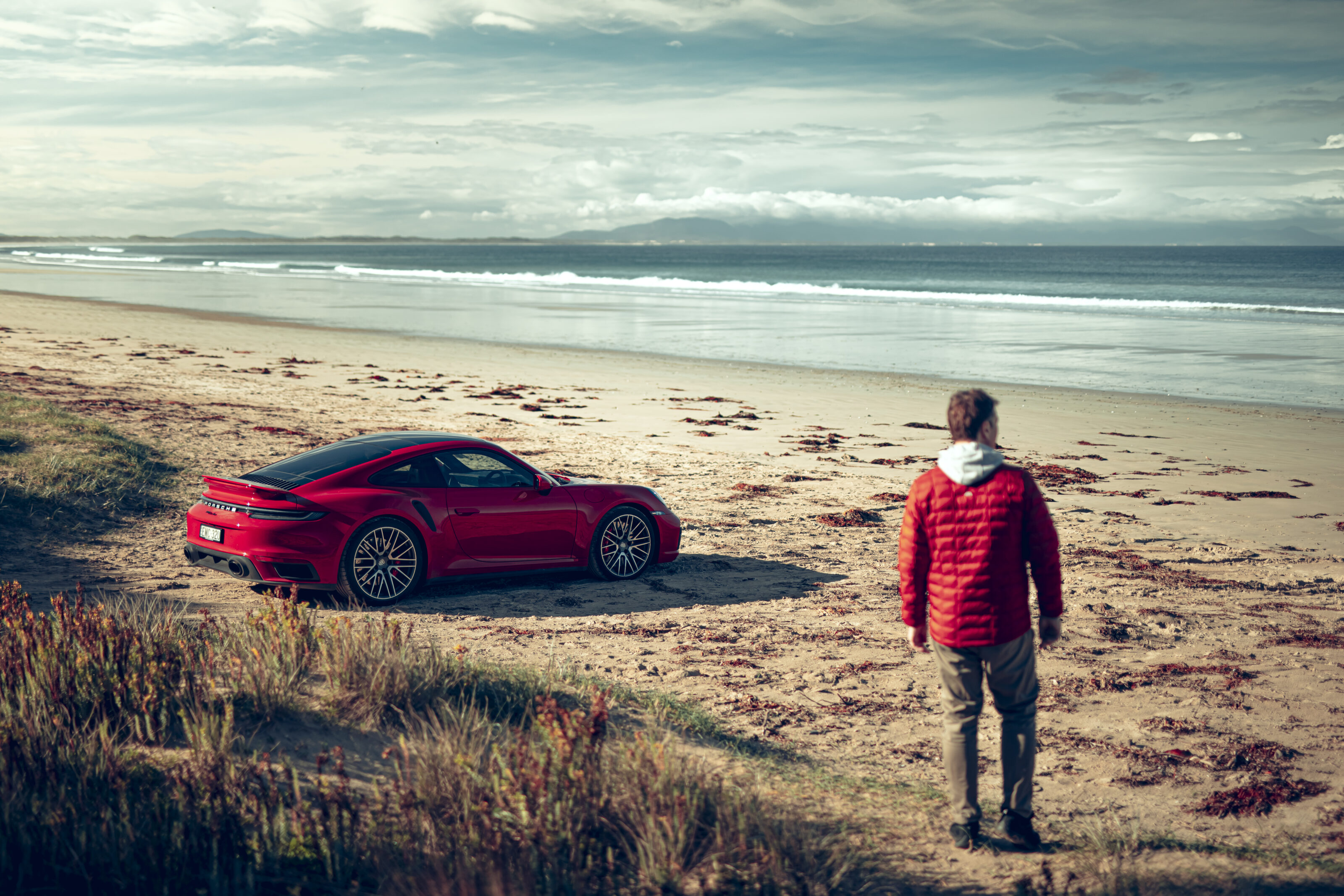 Features
FeaturesHow to become a motoring journalist
MOTOR's editor on what you'll need to succeed in landing a job as a motoring writer
-
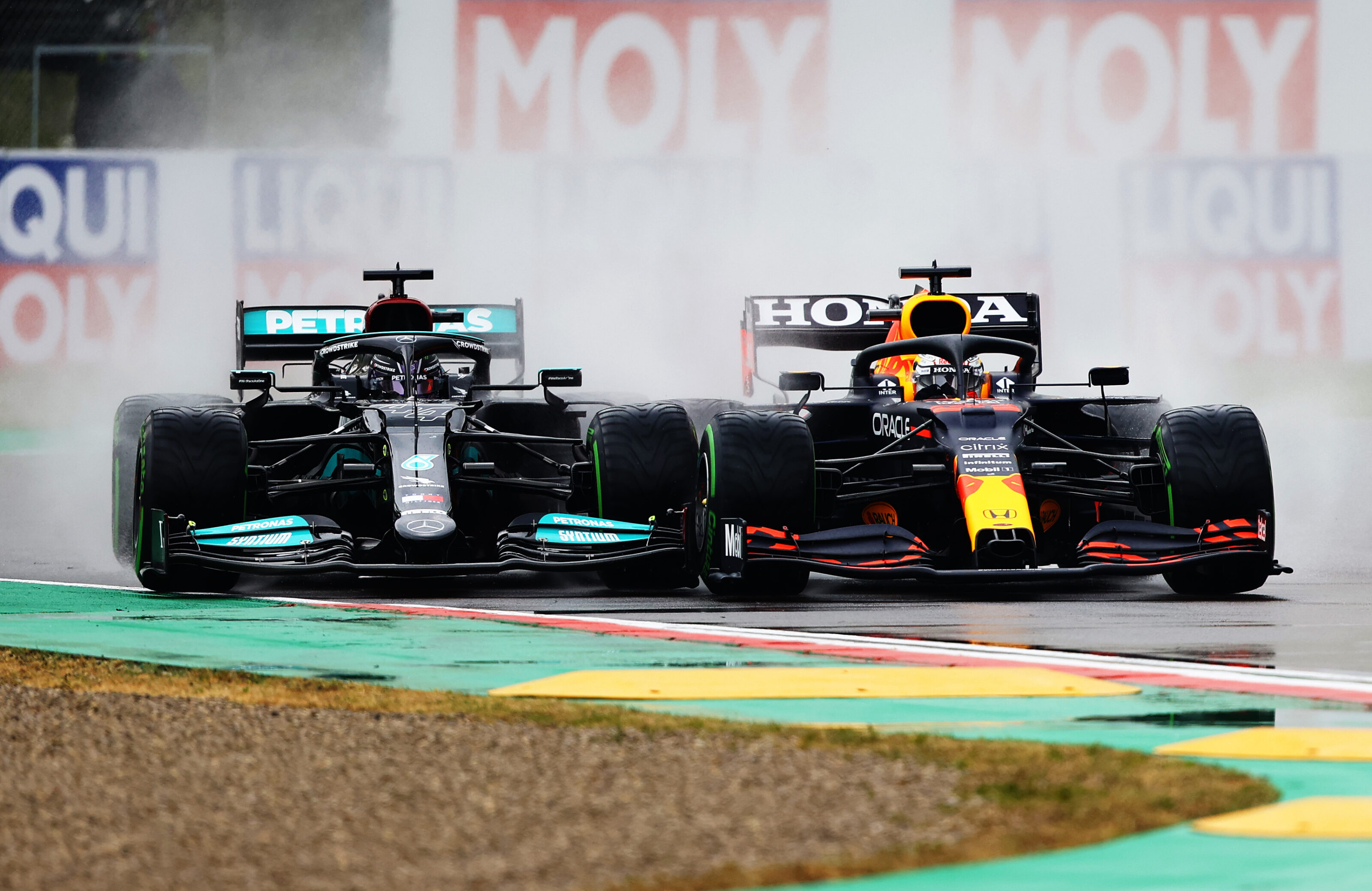 News
NewsHow to fix F1 with four overnight changes
Kirby thinks it's time someone new got hold of the F1 rulebook … preferably him
-
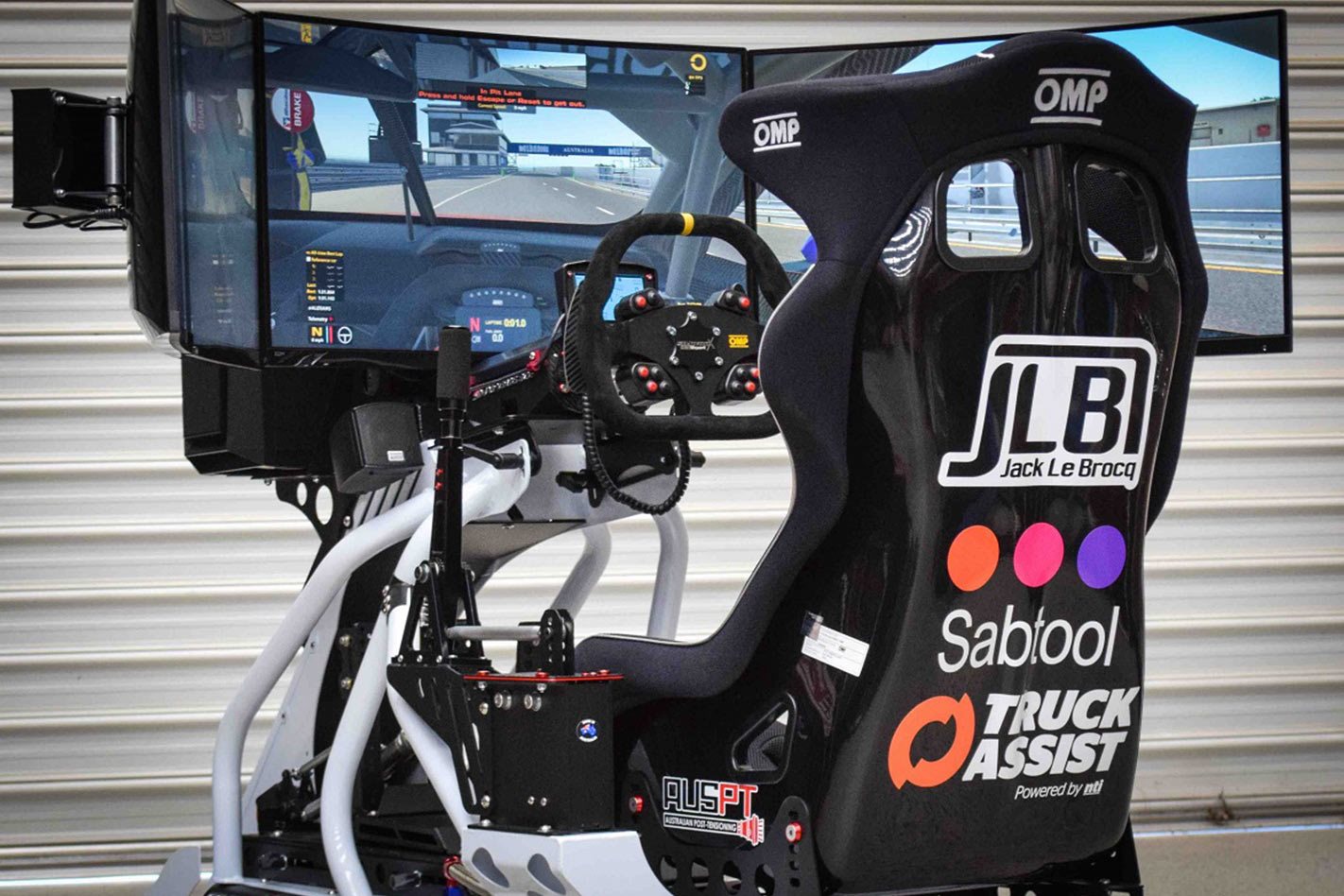 Features
FeaturesHow to build a sim racing rig
Want to get your virtual racing fix? Here’s two ways into sim racing on very different budgets





